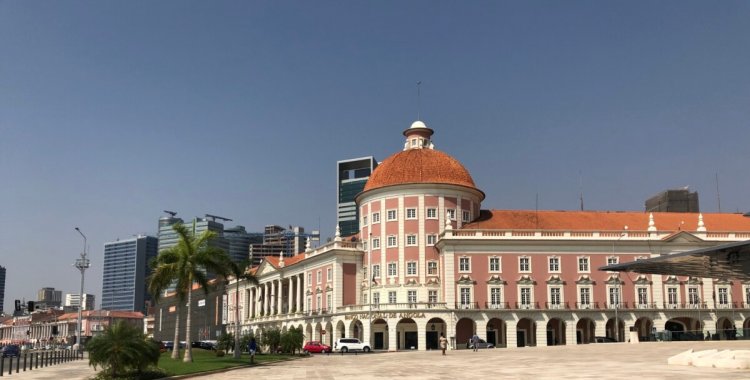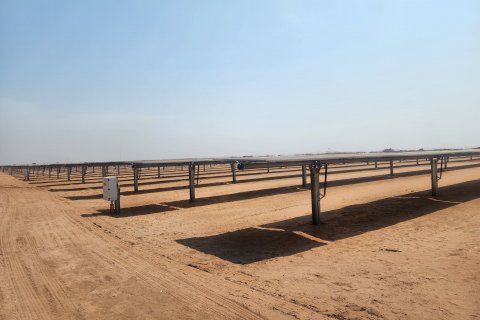The marginal lending facility is the operation whereby commercial operators turn to the central bank to obtain credit to finance their activities.
According to directive no. per annum, and the marginal lending facility (FCO) interest rate is set at 23 per cent per annum.
The adjustment of the rate of lending to commercial banks, associated with the reduction of the compulsory reserve ratio, will contribute to the alleviation of financial intermediation costs, without, however, altering the downward trend in inflation that has been observed since the beginning of the year, according to the Monetary Policy Committee.
In another directive, the BNA establishes a period of one week for the constitution of the reserve base for the calculation of mandatory reserves in national and foreign currency.
The document highlights that the mandatory reserve ratio in national currency is 17 percent.
The directive defines the eligible and ineligible balances for the fulfillment of mandatory reserves in national currency, as well as the coefficient of mandatory reserves in foreign currency (22 percent).
The BNA set at 100 percent the mandatory reserve coefficients to be applied to the daily balances of the accounts of the central government, local governments and municipal administrations in foreign currency.
As for the credit rights heading, the directive comprises 80 percent of the assets representing the value of credit disbursements in national currency in good standing, referring to projects in the livestock, forestry and fisheries sectors granted until 14 April 2021, provided that they have a residual maturity of 24 months or more.
The effective deduction of credits from mandatory reserves must only be made after validation by the Credit Monitoring Office (GAC) and for the purposes of total or partial deduction of credit rights, banking financial institutions must send the information to the GAC, indicating credits to be deducted from mandatory reserves are also included in the credit rights item.
According to the BNA, the global economy continues to have a negative outlook, while the economy continues to benefit from high oil prices.
In the first half of 2022, the goods account balance recorded an accumulated surplus of US$18.1 billion, an increase of 94 percent compared to the same period in 2021 (US$9.4 billion). This result reflects the 74.8 percent increase in the value of exports, higher than the 41.5 percent increase in imports.
The external sector projections for the second half of 2022 point to the maintenance of a current account surplus, mainly influenced by the prospects of favorable behavior of oil prices in the international market, despite the risk of rising prices of products imported.
International reserves, at the end of June, stood at 14.3 billion dollars, corresponding to a coverage of approximately eight months of imports of goods and services.
It is expected that the growth trend of the national economy will continue in the second half of 2022, despite recognizing the existence of risks arising from the strong uncertainties and volatility that are felt in the international market, indicates the BNA.
The 'stock' of credit to the private sector in national currency increased by 281 billion kwanzas in the first half of 2022, an increase of 8 percent over the 'stock' of December 2021, with 80 percent of this amount referring to credit to the business sector.
On the other hand, inflation continues its deceleration path.
In June, inflation continued on a downward trend, reaching 23 percent, below the 27.6 percent in January and 25.8 percent in April.
This behavior reflects the course of monetary policy, the appreciation of the kwanza against the US dollar and the stability of the supply of essential goods for broad consumption. The prices of most of the classes that make up the National Consumer Price Index (IPCN) have decelerated, with emphasis on food and non-alcoholic beverages, communications and hotels, cafes and restaurants.
The BNA expects an inflation rate to be slightly below 18 percent in the current financial year, keeping the inflation target around single digits in the medium term.
The next ordinary meeting of the BNA Monetary Policy Committee will be held on 16 September 2022.







